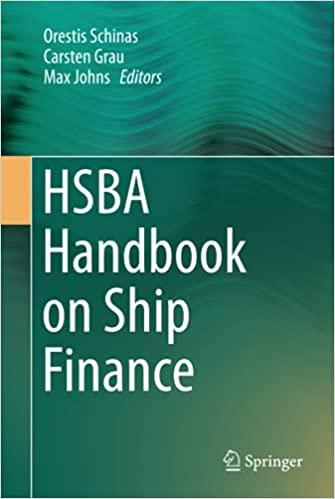In CAPM, risk is defined as systematic risk. T F The security market line gives the relation between a security's expected return and covariance with the market (or beta); the capital market line gives the relationship between the security's expected return and total risk. T F In CAPM, investors have homogeneous expectations, i.e., they have the same perceptions regarding expected return and the covariance of all securities. T F The security market line says the risk premium for a security equals the security risk times the price of risk. T F Correlation ranges between -1 and 1; if correlation is negative then Beta will range from 0 to -1. T F Jensen's Alpha and Treynor's RVOL adjust returns for systematic risk. T F Most mutual fund returns net of expenses display positive Jensen-Alphas. T F In APT, a well-diversified portfolio is one that has zero systematic risk. T F Under CAPM, securities plotting above the securities market line are over-priced. T F According to the founder of The Vanguard Group, investment policy is the greatest source of differences in total returns among institutional pension funds. T F The Sharpe Ratio allows us to compare a security's return and risk relative to the capital market line. T F Market timing refers to knowing which stocks are hot and which stocks are not. T F An assumption of CAPM is that information is freely and instantly available to all investors T F Derivatives such as market index futures are a convenient and inexpensive way to engage market timing. T F The Sharpe Ratio of the market is the slope of the capital allocation line. T F The minimum variance frontier is the set of expected returns and standard deviations with the lowest variance for a given return. T F Arbitrage Pricing Theory assumes three factors capture returns - excess market returns, small cap minus large cap returns and high book-to-market returns minus low book-to-market returns. T F In Arbitrage Pricing Theory, the alpha of the zero-beta portfolio is always zero. T F Equity returns tend to closely match their CAPM predicted returns. T F Securities and Exchange Commission rules require all mutual funds follow their advertised strategy. T F







